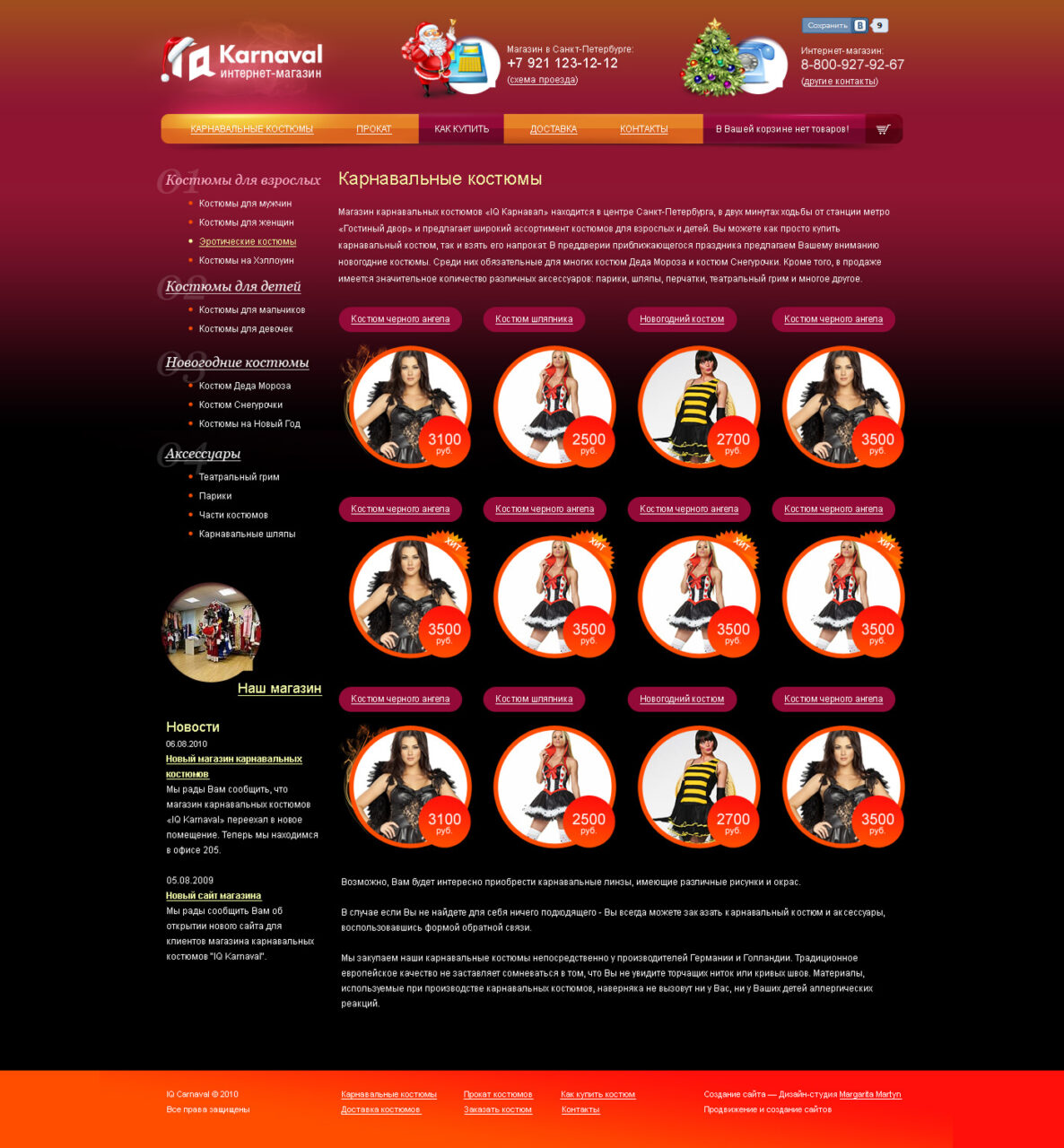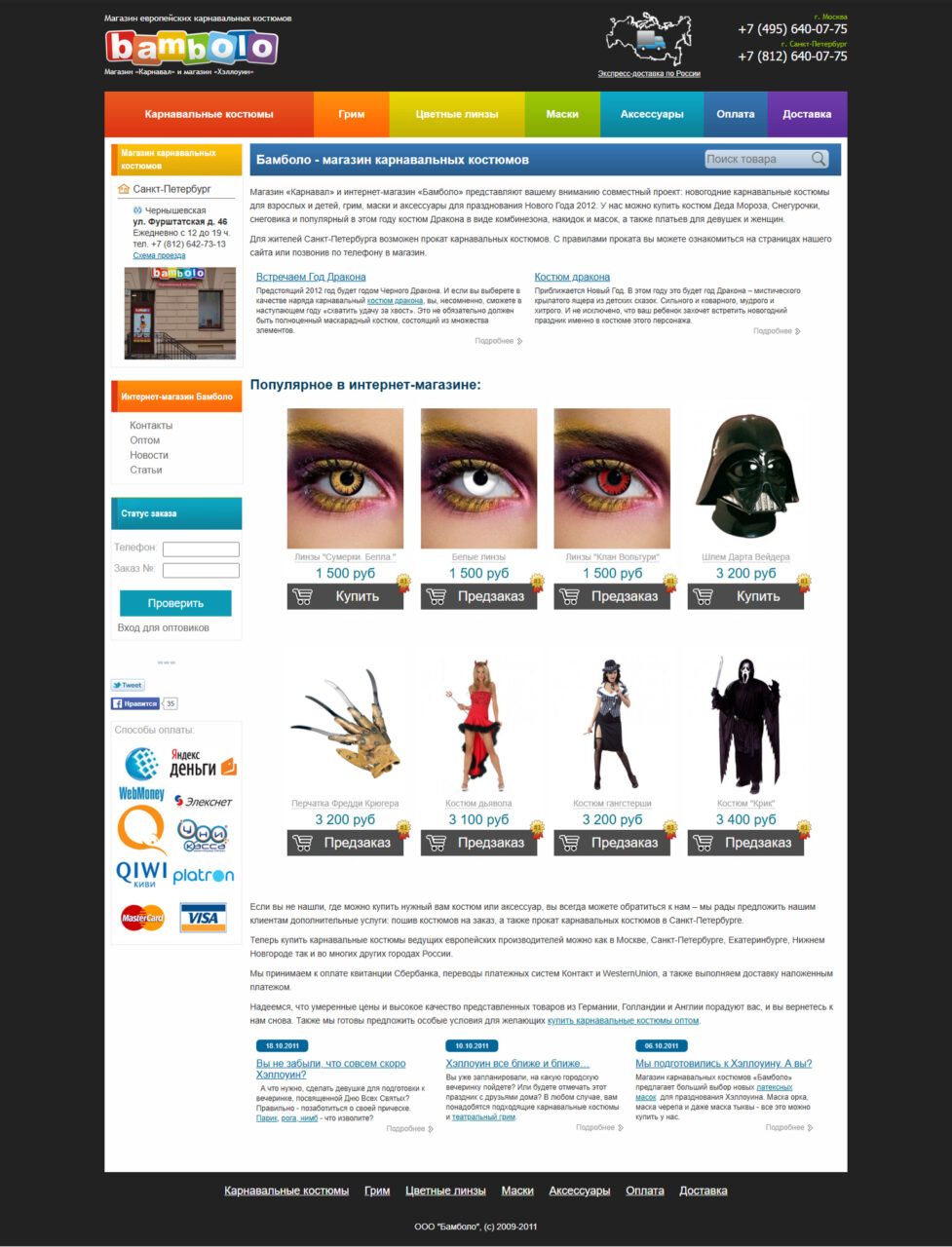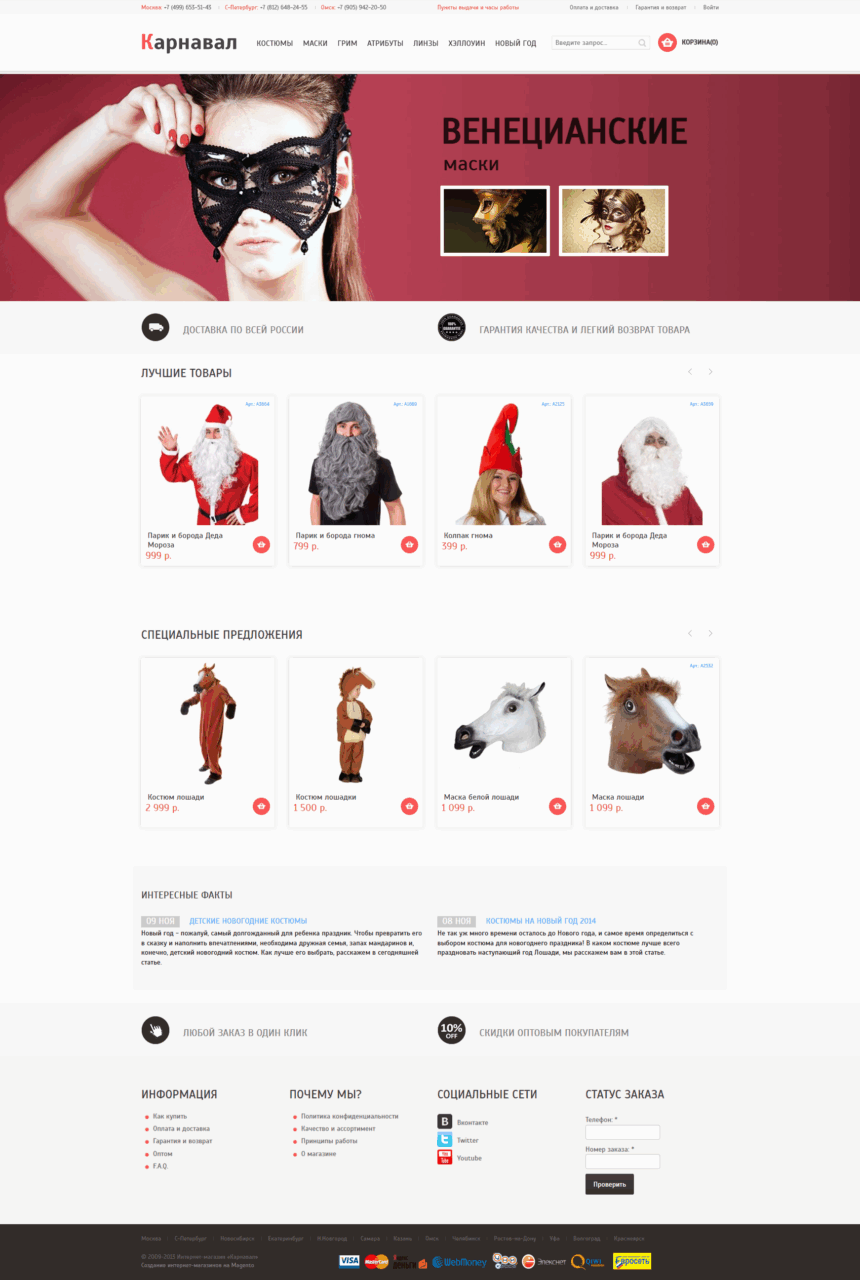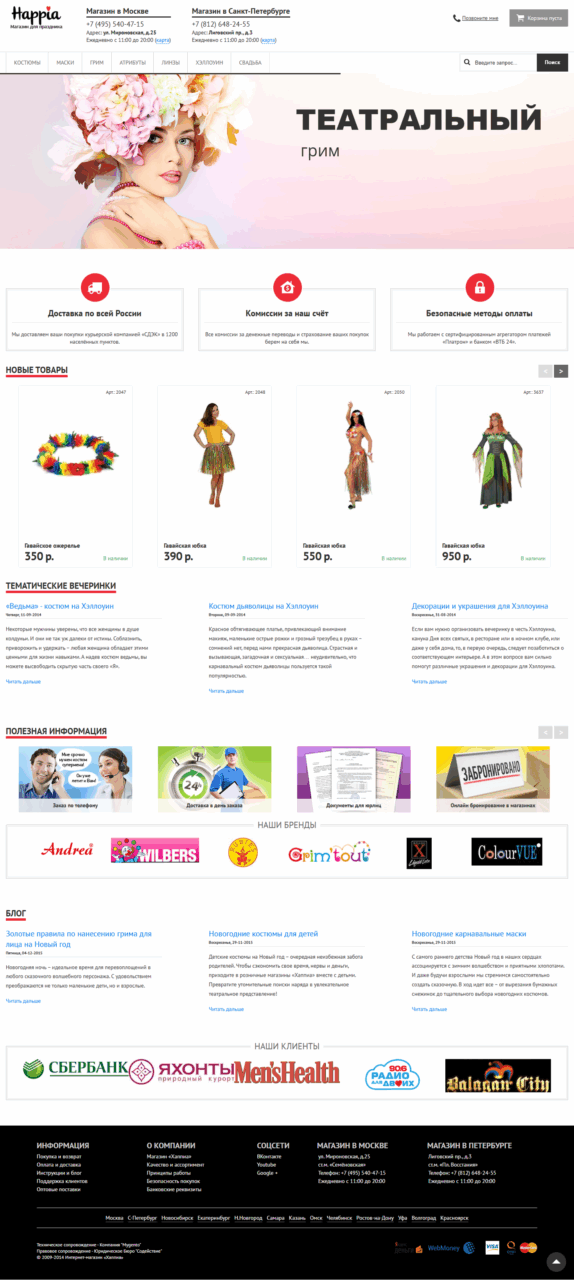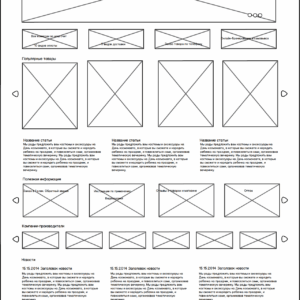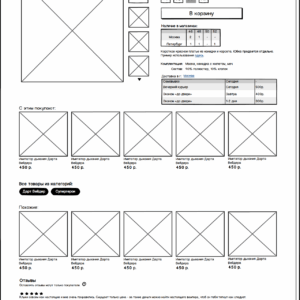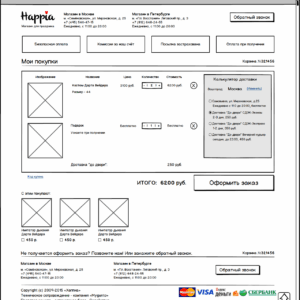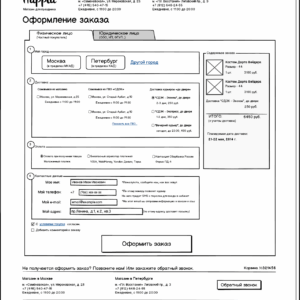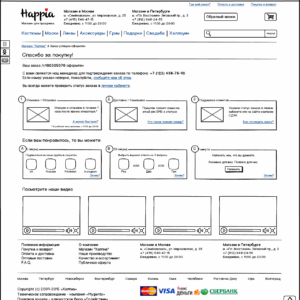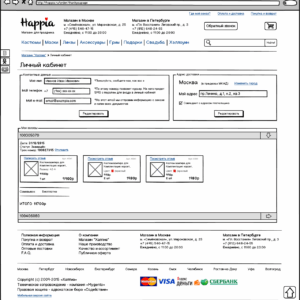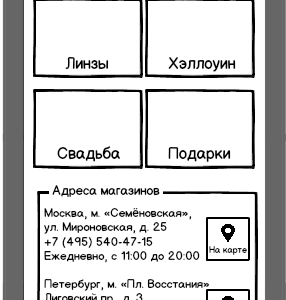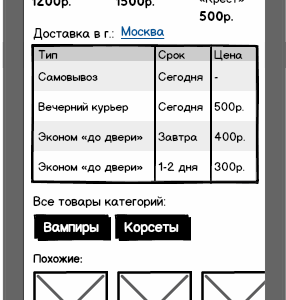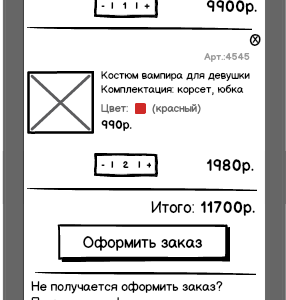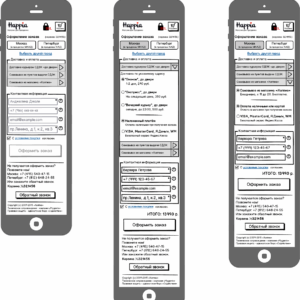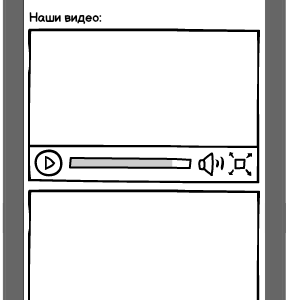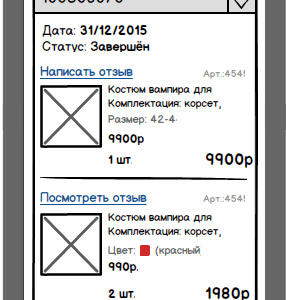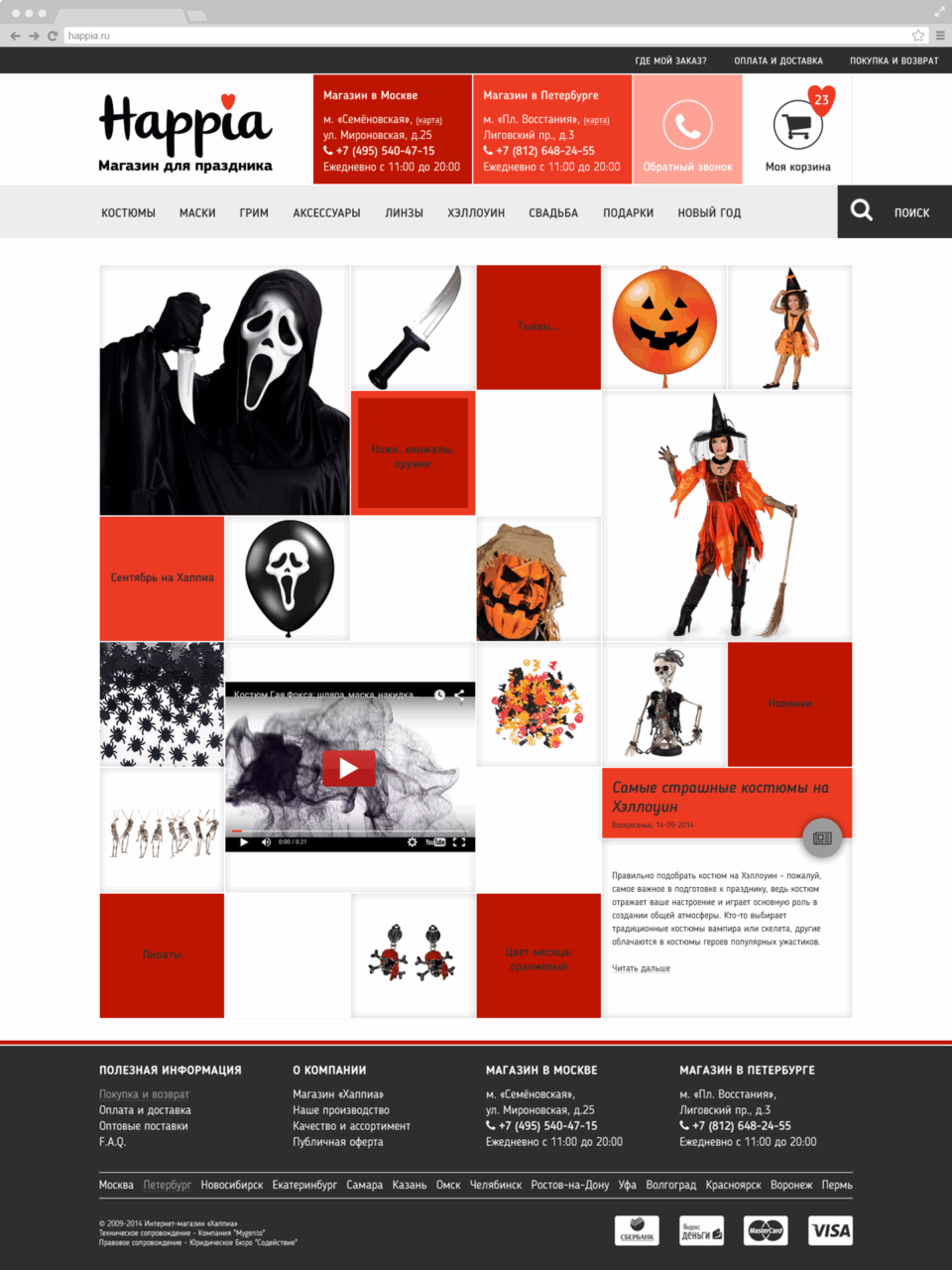From a catalog to an omnichannel platform:
how e-commerce evolved in my family business.
We started with a simple catalog built on MODX, then moved through custom versions in PHP and Python, migrated to Magento, and eventually developed a scalable store on Bitrix.
The result was a true omnichannel system with CRM and ERP integrations, payment and logistics providers, end-to-end analytics, and stable data synchronization. Along the way, we consistently tackled challenges in UX, SEO, marketing, and operational scalability while building out the back-office processes behind them.
V 1.0 CMS MODX (Evo/Revo). 2009-2010
The goal was to create not just a catalog, but a beautiful and memorable visual experience. Since our products were all about celebration and atmosphere, the design had to evoke emotion at first glance.
We focused on two main aspects – emotional impact and search visibility.
With only a minimal budget for advertising, SEO became our primary growth channel. We chose a lightweight, SEO-friendly CMS – MODX – and built everything by hand to keep the code as clean as possible. The site was made with pure HTML and CSS, while jQuery added a touch of interactivity. Around that time, CSS3 had just emerged, and we were among the first to use its new features – rounded images, soft shadows, and smooth transitions – giving the site a truly modern look.
MODX wasn’t a full-fledged e-commerce CMS, so we used a snippet ShopKeeper, which allowed users to place orders directly on the site without online payment or delivery options.
- Design / Layout – Ilja Sorokin
- Frontend / MODX / SEO – Me
V 2.0 Custom PHP / MySQL. 2011-2012
At the second stage, the project evolved from a simple catalog into a fully functional online store.
We moved away from any CMS and built the system entirely from scratch using PHP and MySQL, which gave us full freedom in implementing business logic and custom integrations. A new specialist joined the team – a Server-Side Developer, responsible for server configuration and integration with payment providers & POS.
Among the key innovations were the introduction of online payment, the pickup service, and a personal account where customers could check their order status.
For the first time, we implemented real-time stock display – the system synchronized inventory data between the website and the warehouse. Another important improvement was the integration with a custom-built POS system: when a product was sold at the store, the stock quantity on the website was automatically updated. This ensured high data accuracy and helped avoid stock discrepancies.
- Frontend Development – Anastasia Grineva
- Server-Side / Integrations – Alexey Petrischev
- Business Logic / UI / SEO – Me
V 3.0 Custom Python / Django + MySQL. 2013-2014
At the third stage, the project moved to Python (Django + MySQL), which brought a noticeable increase in performance and stability under peak loads thanks to Memcached caching.
For the first time, we implemented an integration with the SDEK delivery service API, enabling automatic shipment status updates directly on the site. We also connected Unisender for automated notifications and marketing email campaigns.
To track user behavior and improve conversions, we introduced Google Universal Analytics and Yandex.Metrica, allowing us to monitor the checkout funnel and optimize the overall UX.
We also started experimenting with social media optimization. To improve how products appeared when shared, we added Open Graph metadata, ensuring that links displayed proper titles, images, and descriptions on VKontakte.
We also implemented Schema.org structured data for product pages, helping search engines display rich snippets with prices and availability directly in search results.
- Frontend Development – Anastasia Grineva
- Backend / Integrations – Igor Laevsky
- SEO / SMO / Marketing / Analytics – Me
Python / Django / MySQL / Memcached
•
HTML5 / CSS3 / jQuery / Bootstrap
•
API Integration
•
Email Marketing
•
Google UA / Yandex.Metrica
•
Open Graph / Schema.org / SEO
•
PyCharm / Dreamweaver
V 4.0 Magento. 2014-2016
The transition to Magento marked the project’s move into an industrial-scale e-commerce platform. The goal was reliability, ready-made modules, and scalability to support a rapidly growing product range. The catalog expanded to over 5,000 SKUs, including variations by color and size.
A full-featured administrative interface was introduced, allowing content managers to independently update products, categories, and promotions. To improve procurement and logistics, we implemented a connector with 1C ERP, streamlining order processing and stock synchronization.
We also began using multiple storefronts (Multistore) for different product lines and target audiences. At the same time, the project was linked with several retail stores, unifying stock data across locations. A Distributed Order Management system was introduced: customers placed orders as usual, while the platform automatically selected the optimal stores and warehouses for fulfillment. For buyers, the process was completely transparent, even when products were sourced from multiple locations.
The store gained an advanced checkout with coupons, discounts, and loyalty codes, as well as automated event-based email campaigns, including abandoned-cart reminders.
For the first time, we adopted responsive design based on Bootstrap 3, replacing the separate mobile version – the website became equally convenient on smartphones, tablets, and desktops.
We connected Enhanced E-Commerce in Google Analytics to track checkout funnels and conversion paths, while Yandex.Direct and Yandex.Feed were used to promote products on Yandex.Market.
On the infrastructure level, we implemented Varnish Cache and migrated the project to VPS hosting, ensuring high stability and fast loading speeds under increasing traffic loads.
- Mygento Development – Danila Tarasov & Mygento.ru
- Frontend Development – Anastasia Grineva
- BPM / Wireframes / Ya.Direct / Google Ads – Me
Magento / PHP / MySQL / Varnish
•
HTML5 / CSS3 / jQuery / Bootstrap 3
•
1C Integration
•
Multistore / DOM
•
Coupons / Loyalty Codes
•
Email Automation / Abandoned Cart
•
Enhanced E-Commerce / Google Ads
•
Ya.Market / Ya.Direct
•
Responsive Design
•
PhpStorm
V 5.0 Bitrix CMS + CRM. 2016-2022
After Magento, we transitioned to a unified ecosystem based on 1C-Bitrix: Site Management and Bitrix24 CRM, building an end-to-end process from prototype to sale.
All interfaces and UX flows went through full prototyping – starting with quick wireframes in Balsamiq and evolving into interactive layouts and a design system in Figma. Each screen was documented with user stories and tested through usability sessions and heatmap analysis in Yandex.Metrica.
We established a centralized customer profile – leads from the website, forms, calls, and chats were automatically captured in Bitrix24 CRM. We connected telephony (SIP/call tracking), messengers (WhatsApp, Telegram, VK), e-mail, and chat widgets – all communications were linked to corresponding deals and tasks. Within CRM, we automated workflows using robots and business processes: task creation, SLA reminders, template responses, segmentation, and trigger-based marketing campaigns (abandoned carts, upsells, repeat purchases).
On the back-office side, we set up two-way integration with 1C, synchronizing products, prices, inventory, orders, statuses, and returns both on schedule and in real time. We also added integration with a video-surveillance system that recorded the exact moment of order packaging – the footage was automatically attached to the customer’s CRM card, increasing transparency.
Logistics evolved into a Distributed Order Management model: orders were fulfilled from multiple warehouses and retail stores while remaining completely transparent for the customer – delivery, pickup, and click-and-collect all functioned as a single, seamless system. During lockdowns, we introduced contactless delivery and managed time slots for pickups.
The frontend performance was optimized through Redis caching and Bitrix Composite updates, dynamically refreshing only product availability when stock levels changed in the warehouse. Marketing was driven by Enhanced E-commerce in Google Analytics and CRM data – building checkout funnels, segmenting audiences, and launching seasonal campaigns and RFM-based communications.
As a result, online and offline channels became part of one cohesive platform – with clear processes, reliable operations, and a fully measurable, data-driven sales funnel.
- Design – Anastasia Stieb
- Frontend Development – Anastasia Grineva, Me
- Bitrix Development – Alexandr Zinoviev
- Bitrix & 1C Configuration / Strategy / Processes – Me
